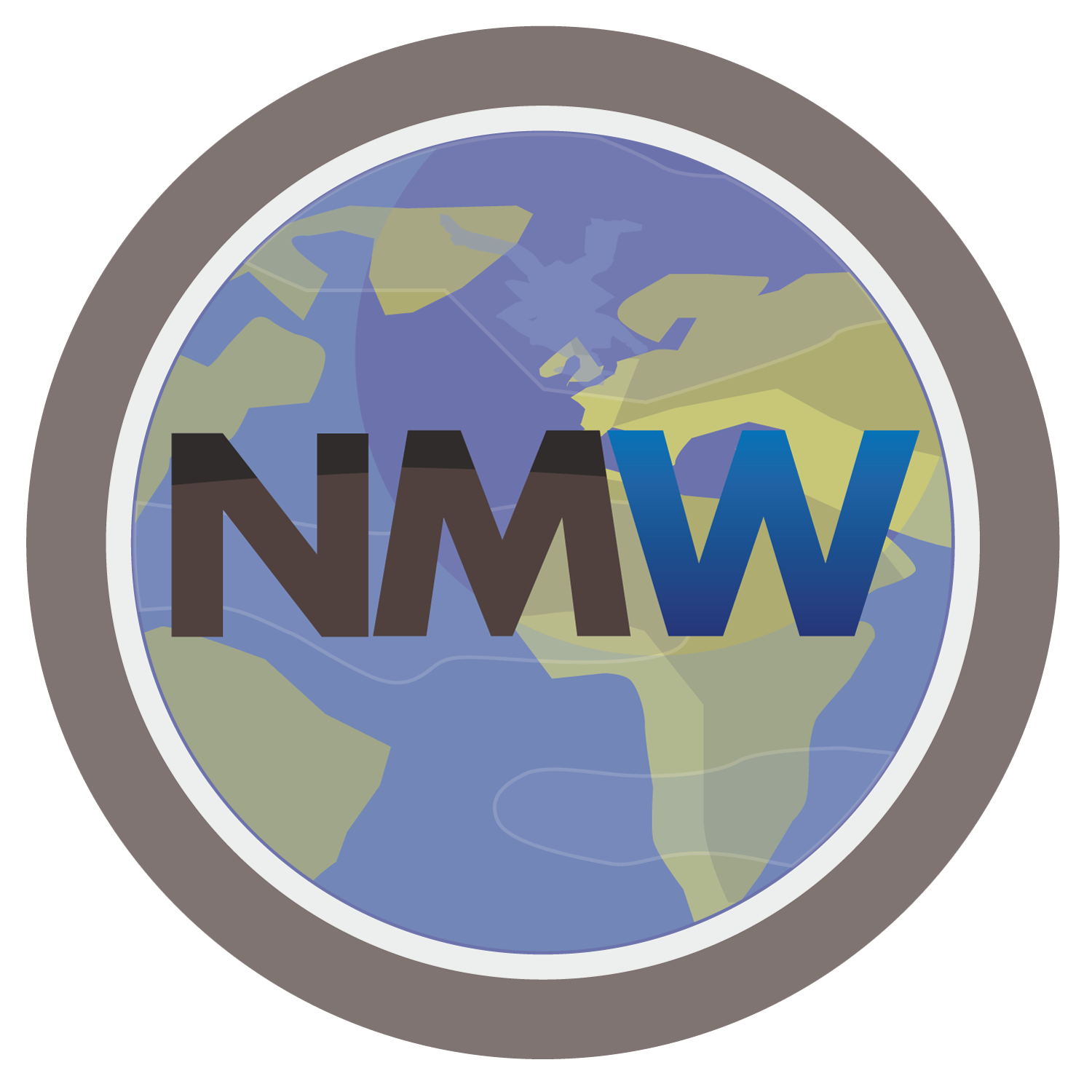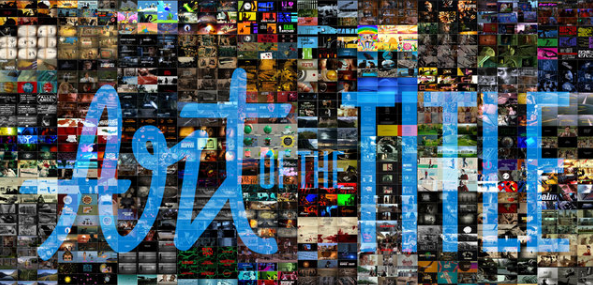One thing I am hoping to do is be able to create some great videos like these you’ve made for THINK. It’s hard because I have few opportunities to capture raw footage myself – only when a program happens to be somewhere nearby like D.C., but I want to get practicing! What kind of programs and equipment do you use? ANY tips you could offer would be so great. I know you’ve spent thousands of hours perfecting your craft just in the area of filmmaking – like I said, I have watched and read about your growth! I also know you are crazy busy, but I’d greatly appreciate any insights or lessons learned you have.
Investigating the art and evolution of the film title
I've managed to compile myriad jobs and hobbies that complement each other, one absorbing skills to improve the other, making me feel like I'm ascending Penrose steps. I spent the day researching ways to improve filmmaking skills that don't include paying for or attending film school, a theme I'm covering for Matador. While doing so, I ran across this gem of a video, which attracted me with its RJD2 soundtrack alone. Also, I'd give 'the art of...' anything a chance (even that horrible Art of Travel movie).
Perusing the many videos highlighting brilliant title sequences in film and TV, I'm immediately jazzed about learning animation and advanced graphics. My previous practice with titles in online video is to produce the title within ten seconds of its start. Aside from some stylistic guidelines, that's all the thought I've applied. With this study spanning decades of filmmaking, I'm inspired to pay closer attention to my video introductions, more than just watching the timeline and using a provided Motion template.
Perhaps the most intriguing comparison with past and present concepts is the affinity for an aged appearance. It's comforting and pleasantly dusty, and it gives me more ideas for vintage effects. Do you have any favorite video motif that you rely on the title sequence delivering?
If you like or produce film, I encourage you to find some of your favorite movies and title sequences on Art of the Title and read the thoughtful copy and interviews below them. The post on the 2011 Emmy nods for best title is especially great.
Why do you like time lapse videos?
If you get a little tired of waiting for my posts on Nomadderwhere - which I admit have become incredibly random and sparse - I'll give you a little supplementary material. Recently, I wrote a feature for the Matador Network entitled 'Why the obsession with time lapse video?' Have you ever wondered this yourself? What's your reasoning?
I'm reposting here some of my points, but be sure to check out the full post on MatadorTV and provide your own commentary.
Why time lapse for storytelling?
Shooting nature. Photo by Erika Luetzow, 2007
As a member of the MatadorTV triad, I appreciate the whole spectrum of travel video production, from the cinematic to the gritty. Video is an accessible vehicle for storytelling that can avoid the obstacles ever-present with language. And even though written word can facilitate a sensory experience, the combination of visual and audio elements is powerful on fleeting attention spans.
In browsing TV’s most popular posts to date, time lapse comes away a clear front-runner of stylistic and technical approaches, and these videos tend to follow a different editing pattern than most. Cuts are longer. Static shots are still dynamic. The resident audio is usually stripped from the footage and replaced by a soundtrack, and people still manage to follow a storyline and maintain focus on the evolving subject matter. Warped time appears to keep viewers engaged.
If you haven't been keeping up with MatadorTV, I suggest you check out some of the amazing recently-featured content, like this month of nature footage in Iceland, Ross Ching's time lapse of roads not traveled, and his version of 'carmageddon' with tips on how to create the effect.
Believe it or not, I did some journalistic research for this feature. For real! Home girl went to Wiki!
Why time lapse the subject matter?
Among the most popular subjects for the time lapse technique is nature, as evident by Terje’s work. This isn’t a shocker considering time lapse was made most well-known by Dr. John Ott, a photographer who documented growing plants. From the first time I watched a bud morph into a full blossom and added my own soundtrack of “whoaaa,” it seemed clear we could forever capture these natural elements and continue to amaze virtually everyone.
Of course, simply pointing the camera and tripod at any old vista won’t make for a viral, compelling, and timeless video. Ross Ching, a filmmaker in Los Angeles, stipulates, “There needs to be originality. There needs to be pioneers. There needs to be something more than beautiful shots. There needs to be a human element. There needs to be a story.”
Though this one borders on just plain fast rather than time lapse, here's my personal dabbling into the speedy film realm with my 'Nomadderwhere's 2010 in a Minute' video. My experimentations are more successful with work footage, which will soon be visible to the public.
Maybe our obsession comes from relating the natural world to our own human interaction with it at an altered speed, warping our day to day, minute to minute perceptions of being present and active with the surroundings.
On occasion, I feel the perspective time lapse affords me is akin to a mini-spiritual awakening, an out-of-body experience while armchair traveling...
Time lapse is one of the many vehicles through which filmmakers and storytellers have learned to transmit concepts from the world to the world effectively. And with the amount of attention we give these works today, it appears to be an approach that works.




